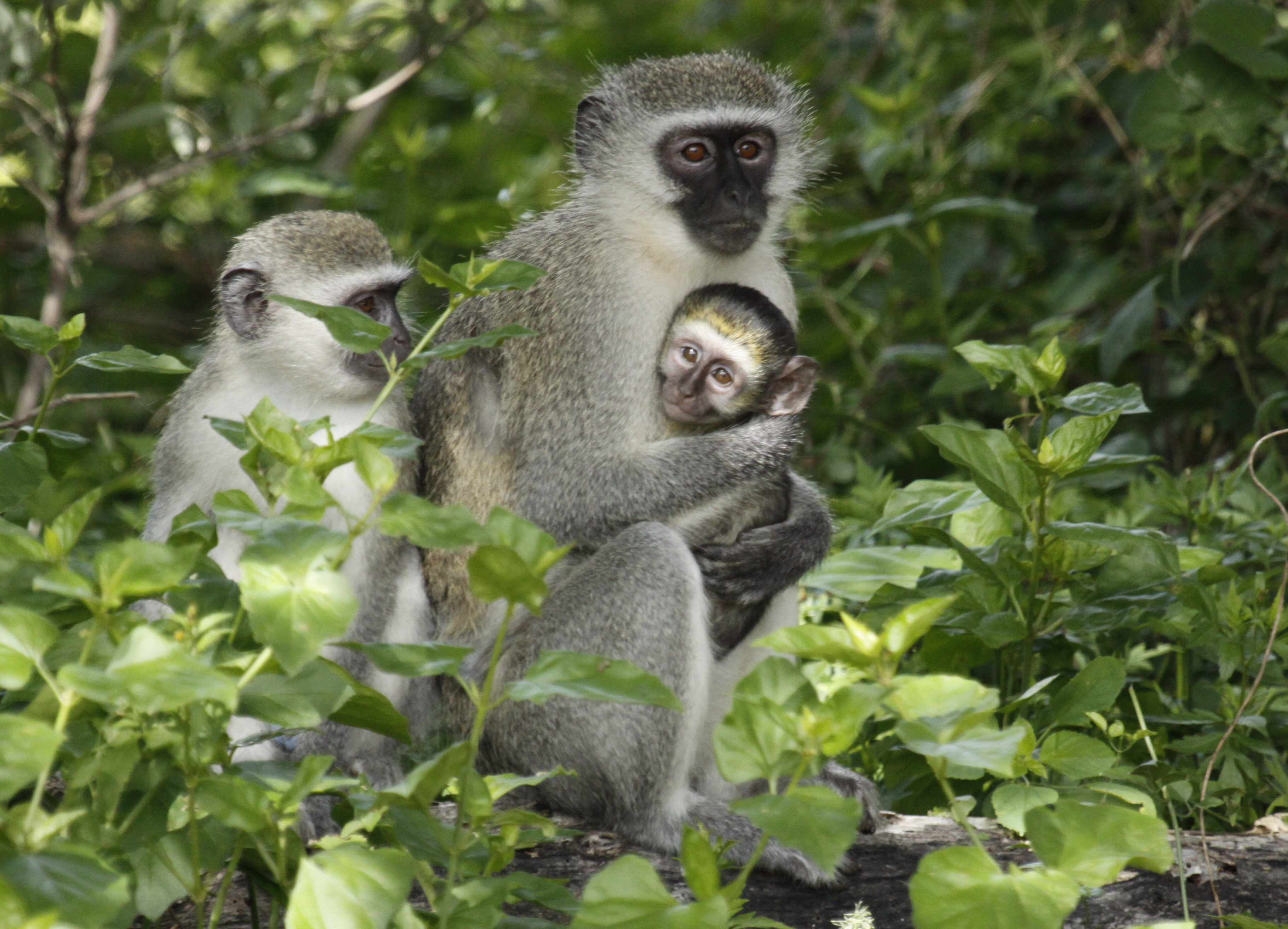Media release
From:
Baby by night - Giving birth at night may help primate mothers beat the heat. Biologgers recorded 24 wild vervet monkey births and revealed that most mothers body temperature declined during labour and recovered rapidly after. This supports the view that giving birth at night, when environment and core body temperatures were at their lowest improves thermal efficiency and might provide an evolutionary explanation for some of the health risks associated with human birth, the authors said.
The thermal consequences of primate birth hour and its evolutionary implications
Biology Letters
Our findings suggest there may be important thermal consequences linked to the timing of primate birth. Using state of the art bio-logging technology, we demonstrate that the timing of night-time births synchronise with both the maternal circadian rhythm, and the environmental conditions, that together maximise thermoregulatory efficiency during the birth process. Our findings not only offer new insights into the thermal consequences of birth and the evolution of primate birth hour, but also may provide an evolutionary explanation for some of the health risks associated with human birth.



 International
International



